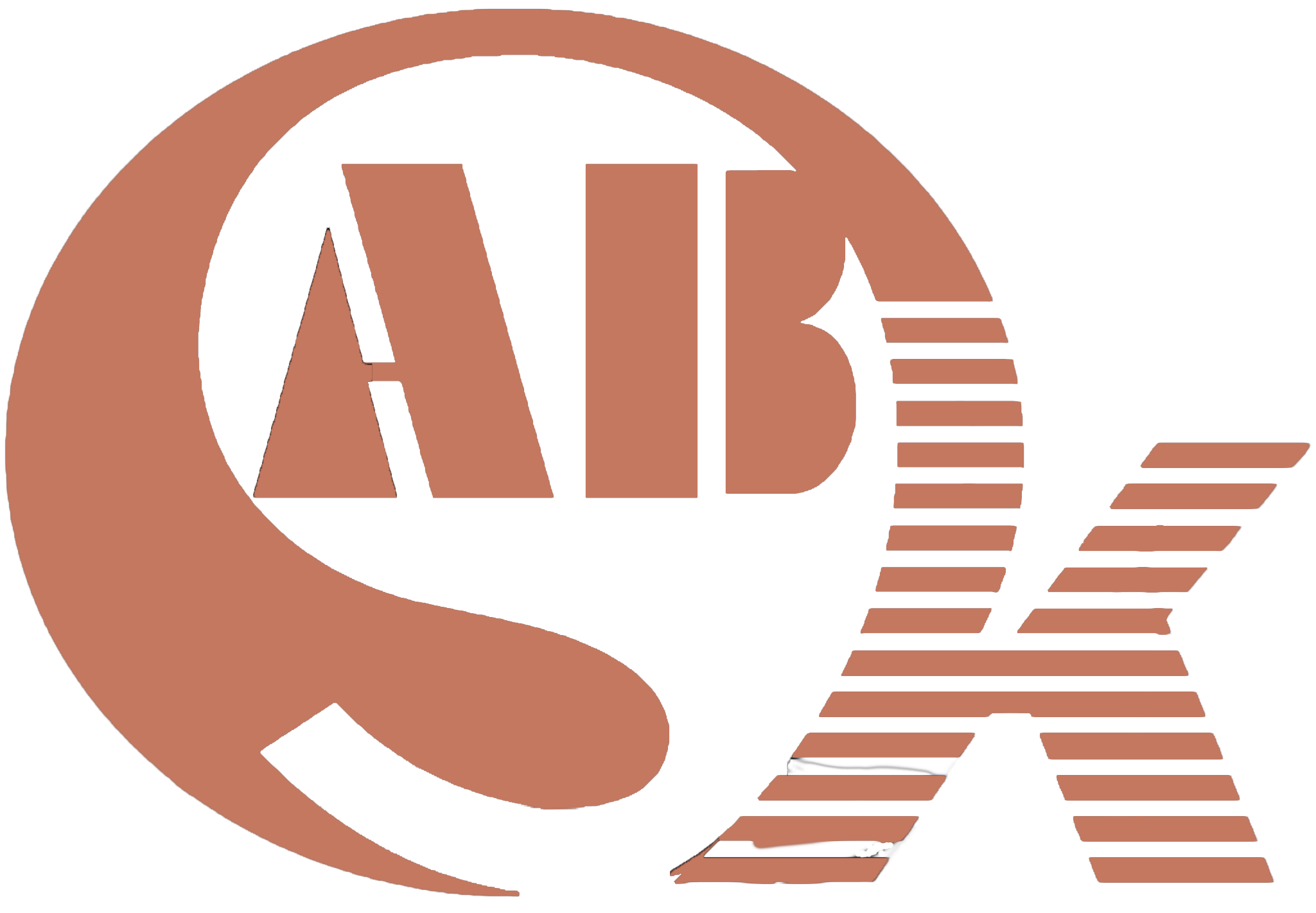Enhancing Welding Efficiency with Essential Auxiliary Equipment
Welding is a fundamental process in various industries, from construction to manufacturing. While the focus often lies on the skills of the welder and the quality of the welding machine, the role of welding auxiliary equipment should not be underestimated. These essential tools and accessories play a crucial role in optimizing the welding process, enhancing efficiency, and ensuring impeccable results. In this article, we will explore the significance of welding auxiliary equipment, its various types, and how it contributes to improved welding outcomes.
Understanding the Role of Welding Auxiliary Equipment
Welding auxiliary equipment encompasses a wide array of tools and accessories that support welders in their tasks. These tools are designed to streamline the welding process, boost productivity, and maintain the highest standards of quality. They not only aid in creating strong and durable welds but also contribute to the safety and comfort of the welder.
Types of Welding Auxiliary Equipment
- Welding Clamps and Magnets: Proper alignment and positioning of metal pieces are critical for precise welding. Welding clamps and magnets help hold the workpieces in place, allowing welders to focus on achieving accurate welds without worrying about material movement.
- Welding Carts and Tables: Organized workspaces are essential for efficiency. Welding carts and tables provide a designated area for tools, materials, and welding machines. This setup reduces clutter, minimizes the need for constant movement, and optimizes the welding workflow.
- Welding Curtains and Screens: Safety is paramount in welding environments. Welding curtains and screens protect nearby workers from harmful UV rays, sparks, and debris generated during the welding process. These safety measures ensure a secure workspace for everyone involved.
- Fume Extractors: Welding produces hazardous fumes and gases that can be harmful if inhaled. Fume extractors remove these pollutants from the air, creating a healthier environment for welders and preventing potential health risks.
- Welding Helmets and Personal Protective Equipment (PPE): Welding helmets with auto-darkening features offer both eye protection and visibility during the welding process. Additionally, wearing the appropriate PPE, such as gloves, aprons, and protective clothing, safeguards welders from burns and other potential injuries.
Optimizing Welding Efficiency with Auxiliary Equipment
Investing in welding auxiliary equipment is a strategic decision for any welding operation aiming to enhance efficiency. By utilizing the right tools, welders can achieve the following benefits:
- Time Savings: Properly positioned workpieces, efficient tool access, and organized workspaces lead to faster welding processes. This ultimately translates to increased productivity and shorter project completion times.
- Quality Improvements: Precise positioning and stable workpieces result in high-quality welds that meet or exceed industry standards. The use of fume extractors and safety equipment also ensures a safer and healthier work environment, contributing to the overall quality of work.
- Skill Enhancement: Welding auxiliary equipment allows welders to focus on refining their welding techniques rather than dealing with constant adjustments and repositioning. This enables them to become more skilled and proficient welders over time.
- Cost Efficiency: While there is an initial investment involved in acquiring welding auxiliary equipment, the long-term benefits far outweigh the costs. The improved efficiency and quality of work can lead to reduced rework, fewer material wastages, and increased client satisfaction.
- Versatility: Different welding projects require different setups. Welding auxiliary equipment offers the flexibility to adapt to various work requirements, ensuring that welders can handle a diverse range of projects effectively.
In conclusion, welding auxiliary equipment plays a pivotal role in optimizing the welding process, enhancing efficiency, and ensuring high-quality results. By investing in these essential tools and accessories, welding operations can experience improved productivity, reduced costs, enhanced safety, and ultimately, greater customer satisfaction. As the welding industry continues to evolve, welders and businesses should recognize the value of welding auxiliary equipment in staying competitive and achieving excellence in their craft.
